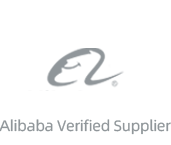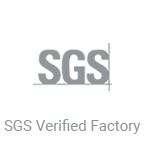Hot melt adhesive film is a high-performance adhesive material widely used in textile, footwear, electronics, automobile, packaging and other industries. The choice of its substrate of hot melt adhesive film directly affects the performance of the film, including temperature resistance, bonding strength, flexibility and weather resistance. Different substrates are suitable for different application scenarios. Therefore, in-depth understanding of the types of substrates and their characteristics of hot melt adhesive films is crucial for choosing suitable adhesive films.
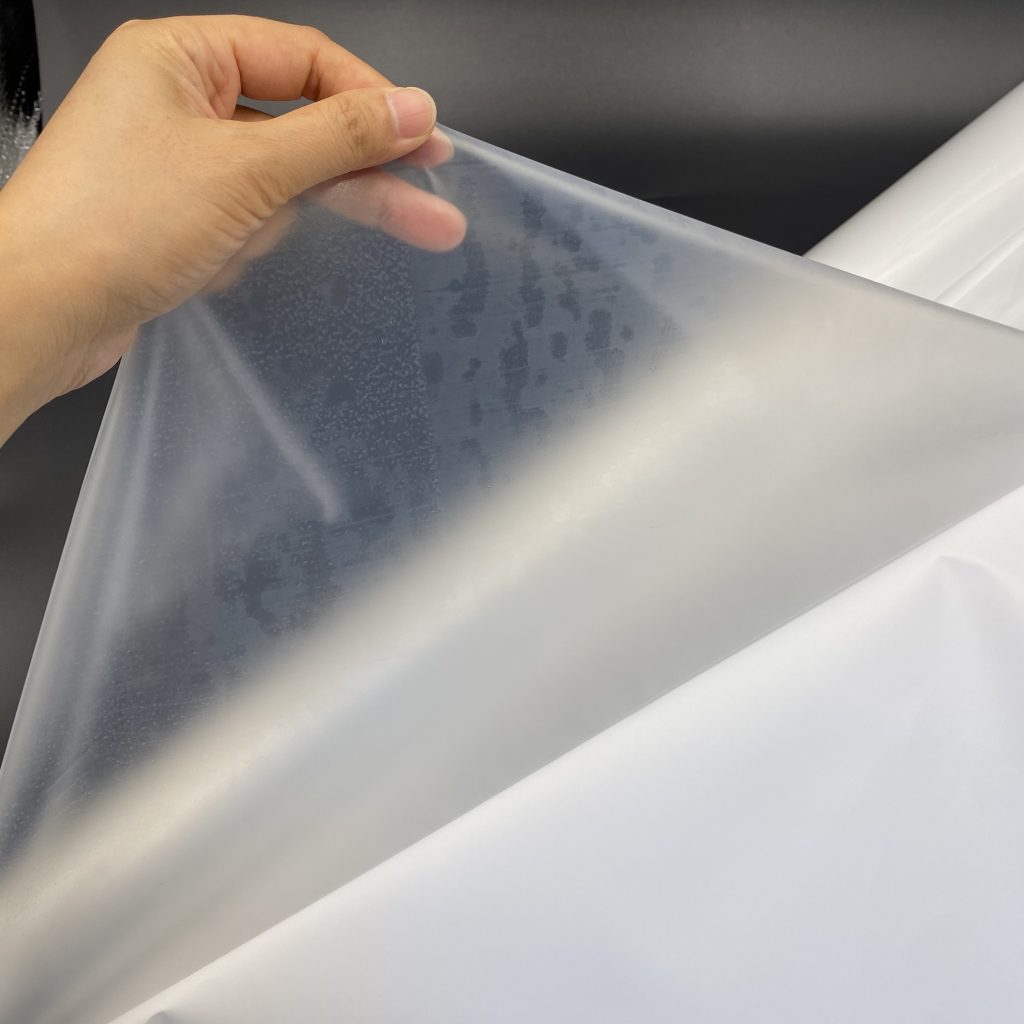
1. Common substrate of hot melt adhesive film
The substrates of hot melt adhesive films are mainly divided into the following types:
- Polyester (PET) substrate: PET substrate has excellent heat resistance, mechanical strength and chemical resistance. It is often used in application scenarios that require high temperature resistance and high mechanical strength, such as electronic products and automotive interiors. Hot melt adhesive films based on PET are usually used for high-strength bonding, such as bonding of materials such as metal, glass and plastic.
- Polyurethane (TPU) substrate: TPU substrate has excellent flexibility and elasticity, and is suitable for applications that require a soft feel, such as textiles, footwear and medical products. TPU-based hot melt adhesive films can provide good water resistance and will not affect the comfort of fabrics, so they are widely used in clothing, seamless underwear, sports shoes and other products.
- Polyolefin (PO) substrate: PO substrates mainly include polyethylene (PE) and polypropylene (PP), which are characterized by good weather resistance and are suitable for automotive, packaging and construction industries. PO-based hot melt adhesive films are often used in waterproof membranes, building decoration materials, automotive interiors and other applications.
- Ethylene-vinyl acetate copolymer (EVA) substrate: EVA substrate has excellent adhesion and low-temperature flexibility, and is suitable for footwear, woodworking and flexible packaging. Because EVA substrate has a low melting point and is easy to process, it is widely used in production. It is also commonly used in solar photovoltaic module encapsulation to provide good sealing and bonding properties.
- Polyamide (PA) substrate: PA-based hot melt adhesive films have extremely strong bonding strength and high temperature resistance, and are suitable for high-demand applications such as metal, glass, and electronic devices. PA substrates can remain stable under high temperature environments, so they are widely used in industries such as aerospace, automobile manufacturing, and electronic product assembly.
- Polyesteramide (PES) substrate: PES substrate is a substrate with excellent comprehensive performance, combining the high strength of PA and the good flexibility of EVA, suitable for multiple industries such as clothing, luggage, electronics and woodworking. The hot melt adhesive film based on PES has good water resistance and solvent resistance, which can meet the high requirements of bonding.
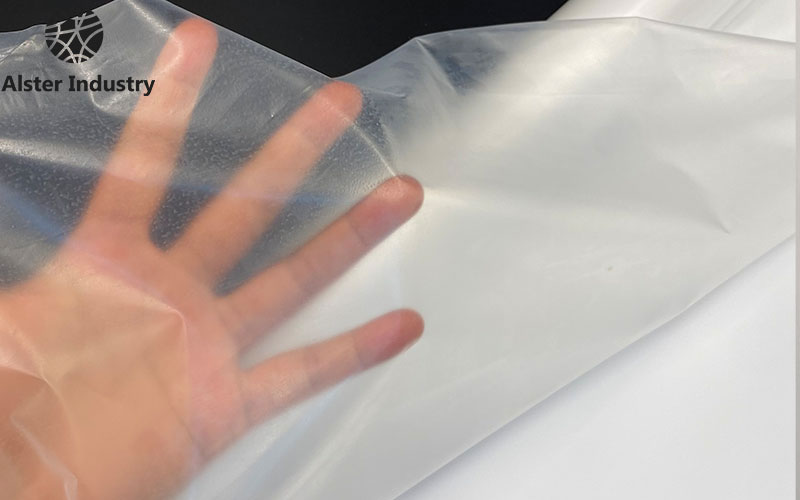
2. Performance comparison of hot melt adhesive films on different substrates
| Substrate Type | Bonding Strength | Temperature Resistance | Flexibility | Main Applications |
|---|---|---|---|---|
| PET | High | High | Low | Electronics, Automotive, Metal Bonding |
| TPU | Medium | Medium | High | Textile, Footwear, Medical |
| PO | Medium | Medium | Medium | Automotive, Construction, Packaging |
| EVA | Low | Low | High | Footwear, Woodworking, Packaging |
| PA | High | High | Low | Electronics, Metal, Aerospace |
| PES | Medium | Medium | Medium | Garments, Bags, Electronics |
3. How to choose a suitable hot melt adhesive film substrate
Choose according to the use environment
If the application scenario involves a high temperature environment, such as automobiles and electronic products, it is recommended to choose PET or PA substrates.
If a film with better softness is required, such as clothing, footwear, etc., TPU and EVA substrates are better choices.
For outdoor applications or applications that require weather resistance, such as building materials and automotive interiors, PO substrates are more suitable.
Choose according to the bonded material
For hard materials such as metal and glass, hot melt adhesive films with PET and PA substrates perform better.
For flexible materials such as textiles or leather, TPU and EVA substrates have better bonding effects.
Choose according to the production process
If a lower melting point and easy processing are required, EVA or PES substrates can be selected.
If high water resistance or solvent resistance is required, PA or PES substrates can be selected.
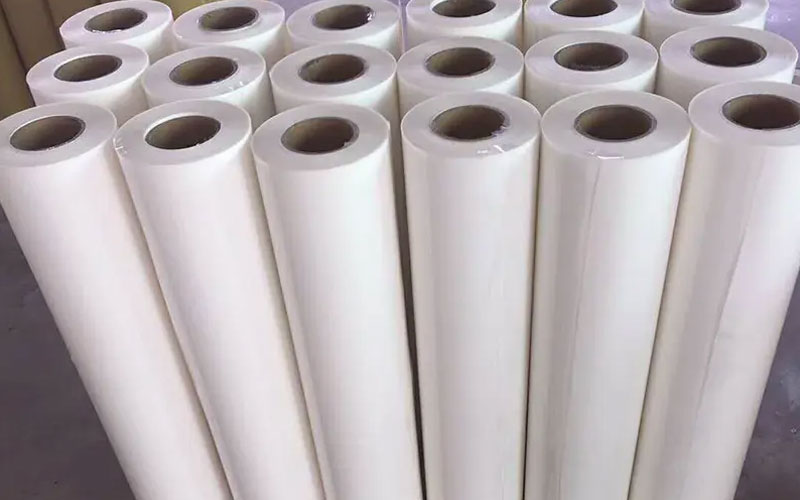
4. Conclusion
The base materials of hot melt adhesive films are diverse, and each base material has its unique properties and scope of application. Correctly selecting the base material can not only improve the bonding effect, but also improve the overall quality and service life of the product. Whether it is electronic manufacturing, clothing processing, or automobile, construction and other industries, the reasonable selection of the base material of the hot melt adhesive film is the key to improving production efficiency and product performance. Therefore, when purchasing hot melt adhesive films, factors such as application scenarios, bonded materials, and production processes must be fully considered to ensure the best use effect. Looking for hot melt adhesive films supplier? Welcome to contact Alster!





